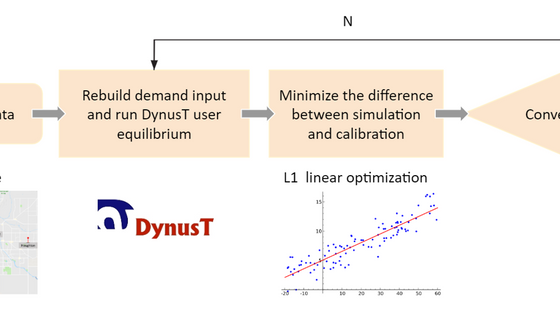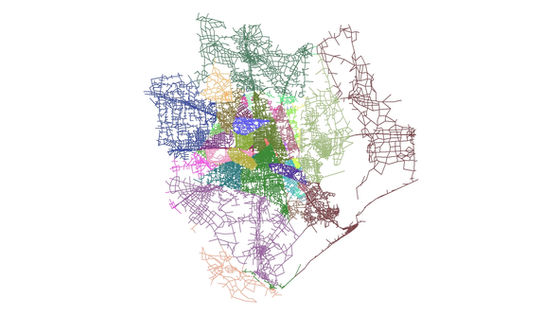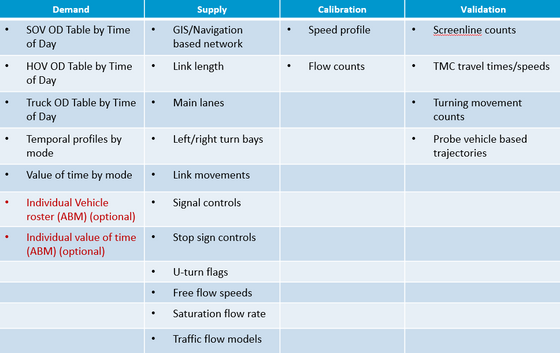top of page
Recent Posts






Archive
Tags


Powerful Origin-Destination Matrix Estimation (ODME) Package Released
The ODME techniques attempt to improve the accuracy of a “seed” trip matrix based on information from fragmentary data such as traffic...


An Illustration of Variable Value-of-Time Pricing Modeling
DynusT incorporates a breakthrough methodology to enable Dynamic User Equilibrium (DUE) assignments with variable Value-of-Times (VoT),...


DynuStudio/DynusT Version 3.0 Highlights
We are excited to announce V3.0 which includes various exciting modeling breakthrough and new features. Breakthrough in dynamic traffic...


Activity-Based Model (ABM) and Dynamic Traffic Assignment (DTA) Integration Reached a Major Breakthr
Legislation over the past few years has placed additional emphasis on a variety of areas including Sustainability, Management and...


What's New In DynusT/DynuStudio V2.0?
In 2017, the University of Arizona restated DynusT’s proprietary software status and licensed DynusT to Metropia Inc. with the goal of...


What makes DynusT/DynuStudio the best Dynamic Traffic Assignment software?
DynusT is the best DTA model in the marketplace because: DynusT uses the micro-like Anisotropic Mesoscopic Simulation (AMS) model to...


Who's using DynusT and in what applications?
The above map shows the sample footprints of DynusT as of 2016. More than 20 states and 50 models have been created by DynusT users....


What is DynusT?
DynusT (Dynamic Urban Systems for Transportation) is a simulation-based dynamic traffic assignment (DTA) model with a 15 years...


What is DynuStudio?
DynuStudio® is the latest graphical and data management system based on more than 10 years of development to fully support DynusT...


What are DynusT/DynuStudio's Data Requirements?
Generally, the input data for DynusT can be classified into four categories: Demand, Supply, Calibration, and Validation. Demand - the...
Knowledge Base: Blog
bottom of page
